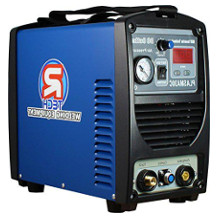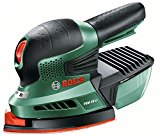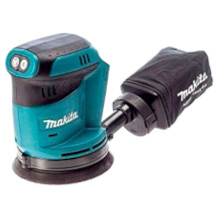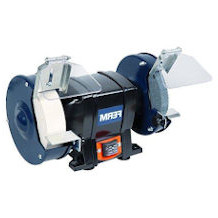Multitool purchasing advice: how to choose the right product
- What you need to know
- Multifunctional tools work in an oscillating manner, which means that the attachments oscillate several thousand times per minute.
- Depending on the tool attachment, materials can be sawn, ground, scraped and milled, for example.
- Starlock tools can be used on OIS machines, but OIS tools cannot be used on machines with a Starlock attachment.
- A high oscillation rate allows the machining of very hard materials.
- With a suction device, any dirt that accumulates is immediately sucked in.
One device, many functions
When repair work needs to be done in the home, do-it-yourselfers pull out their tools and do the job themselves: They use the rasp to loosen tile joints, for example, and the scraper to remove adhesives. A suitable saw is used for cutting pipes or trimming skirting boards. Hobbyists also need many tools to realise their ideas. They cut materials, grind and polish their workpieces or embellish them with engravings, for example. Over time, tools accumulate that are used regularly as well as those that are only useful in exceptional cases.
In many living spaces, especially in big cities, there is not enough room to store an arsenal of tools, let alone use them. Wouldn’t it be extremely practical if all the work at hand could be done with a single tool? The solution is oscillating multifunctional tools, also called multitools, oscillating tools, oscillators or oscillating saws. Among other things, they combine a grinder and polisher, several saws and scrapers in one handy package.
Oscillating multitools are hand-held machine tools that consist of a bar-shaped housing with an electric motor and a foot on which various attachments can be mounted at a 90-degree angle. The foot swings thousands of times per minute by a few millimetres at an angle of between 1.4 and 3.0 degrees, thus transmitting power to the attached tools. Multifunctional tools are supplied with power either by mains cable or by rechargeable battery.
In everyday language, the term multifunctional tool describes not only oscillating tools but also non-electric fold-out multi-tools such as those from Leatherman and fine-grinding drills, to which the Dremel tools belong. Fine grinding drills can also hold various tools and work multifunctionally. However, they are much smaller and perform rotating instead of oscillating movements.
What kind of work is a multifunctional tool suitable for?
With a multifunctional tool, it is possible to work with a variety of materials, including
- sawing,
- grind,
- polish,
- scrape,
- milling and
- rasp.
Among other things, a multifunctional tool is used to saw wooden mouldings, remove tile joints, sand chair legs or scrape dried glue from the floor. Metal can also be worked with an oscillating tool. Besides working with metal rods or screws, it even enables hobbyists to make their own jewellery. Plates, pipes or rods made of plastics such as PVC are also no problem for a multitool. An oscillator works well on hard, brittle materials but poorly on elastic, soft and tough surfaces. In addition, an oscillating multi tool is less suitable for treating large surfaces, as this would be very time-consuming due to the small tool surface. On the other hand, it is ideal for hard-to-reach areas and detailed work.
What matters when buying
The purchase of an oscillating multifunctional device depends in many respects on the intended use. For example, those who mainly want to do delicate work need a device that can be guided precisely. Those who deal with materials such as plasterboard need an oscillator with a powerful motor and effective vibration damping.
Drive type
Whether multi-function tools are powered by battery or cable does not change the way they work. With cordless tools, there is no cable to get tangled up or become a tripping hazard. Moreover, users are not tied to power sockets, so working in the garden is also possible. On the other hand, battery-powered multifunction tools cannot be used continuously. Some tools last less than 20 minutes, others about an hour. The opposite is true for corded tools: although they are tied to a specific location, you can work without interruptions.
Mains-powered multifunctional tools are often more powerful than the battery-powered alternatives. However, renowned brand-name manufacturers such as Bosch or Ryobi deliver powerful complete packages. If you opt for a cordless tool, it is best to pay close attention to the scope of delivery, as there is often no battery included. Some manufacturers, such as Einhell, allow the same type of battery to be used for different tools. Those who already own another rechargeable device of the same brand thus save a lot of money.
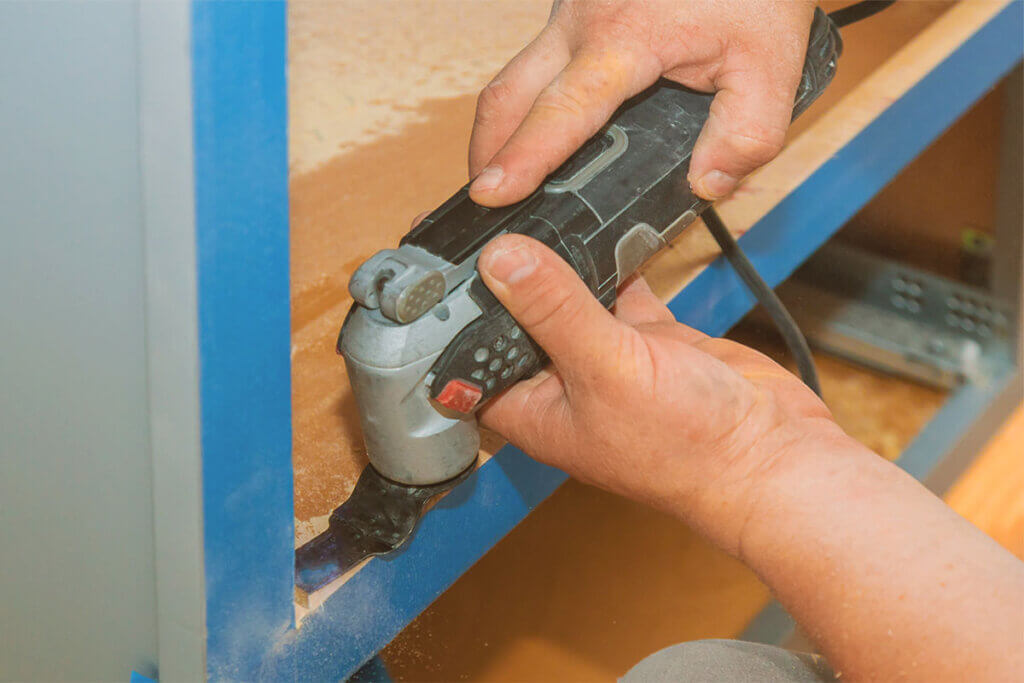
Power and result
How powerful oscillating tools are can be determined by the wattage and the idle speed. The motor power of most multifunction tools is between 100 and 400 watts. The most powerful models have at least 300 watts, such as the MultiMaster FMM 350 Q Top from Fein with 350 watts.
The wattage alone says nothing about the actual performance and result. Two machines with the same value, for example, achieve different results when working on hard or soft materials. This is mainly due to the idle speed. It indicates how often the motor rotates within one minute without a tool. Depending on the tool, the range is from less than 10,000 to more than 22,000 revolutions per minute. The speed has a direct influence on the number of possible oscillations: The higher the speed, the more powerful the device. This is why oscillators with a high speed are able to grind or cut through metal, among other things. They are sometimes too powerful for sensitive materials.
In order to be able to work on such materials, many multifunctional tools have a speed control. This enables craftsmen to adjust the speed of the vibrations to the material. Soft materials are processed with a slowly oscillating tool, hard materials with fast-moving attachments.
For beginners and occasional craftsmen, a range between 10,500 and 19,500 revolutions per minute is suitable, as this range is sufficient for common home applications. It is possible, for example, to loosen the joints on tiles. Do not focus too much on the wattage; however, note that tools with a low wattage get hotter faster than those with a high wattage at the same speed. Although multifunctional tools are usually protected against overheating, the increased temperature is very unpleasant during work.
Handling
Even the most powerful appliance and the best range of attachments are no joy if the appliance is difficult to handle. An ergonomic rubberised handle, often called a soft grip, is particularly comfortable to hold. If the housing also has a symmetrical shape, it can also be used effortlessly by left-handed people. In addition, good vibration damping is important, especially for high vibration rates. For short jobs with soft materials, insufficient damping is sometimes hardly noticeable. However, the longer you work with the tool, the more uncomfortable the handling becomes.
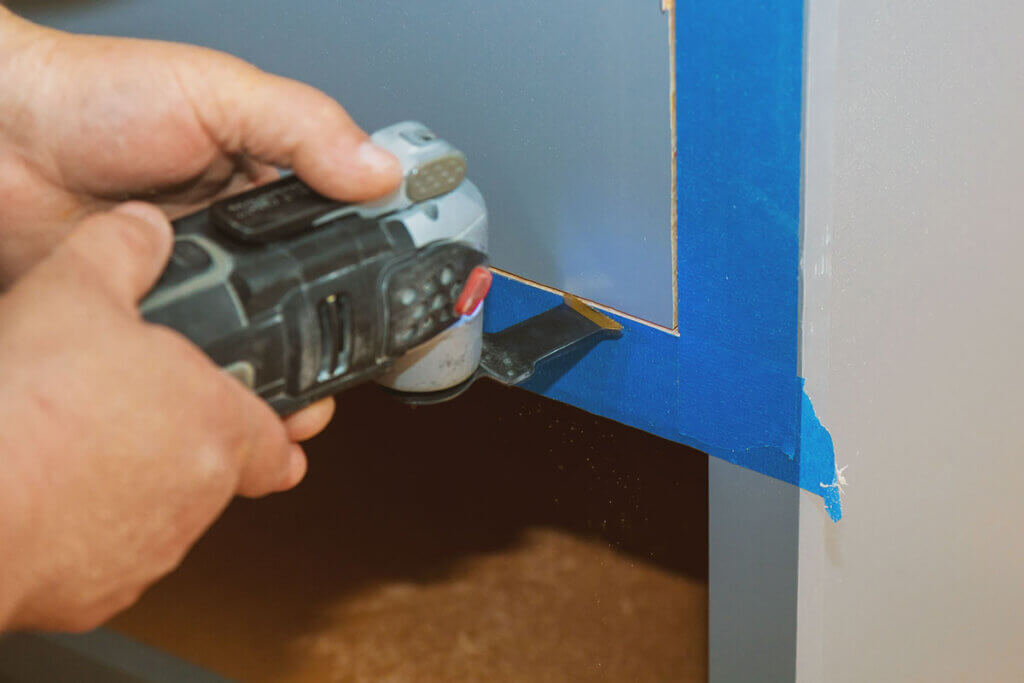
Weight also plays a role in comfortable operation. A total weight of more than two kilograms leads to fatigue during longer operations. In addition, a heavy device cannot be operated as quickly and precisely as a light one. A weight of less than one kilogram, however, indicates cheap materials as well as low performance.
Tool holder
For a long time, the “Oscillating Interface System”, or OIS for short, was the most common tool holder for oscillating tools. It is also known as the universal tool holder and is recognisable by the small pins positioned in a circle. These engage in the hole ring of the oscillating tool. In the meantime, the Starlock system is predominantly used. This is a standard that was developed around 2016 by the two manufacturers Bosch and Fein. The attachment is characterised by a serrated ring in the shape of a star. Compared to the OIS, it not only creates a more stable connection between the attachment and the holder, but also ensures more effective power transmission.
In addition to the regular Starlock version, there are also StarlockPlus and StarlockMax, which are intended for powerful tools in the commercial sector. A special feature of the Starlock attachments is their backwards compatibility. It is possible to attach Starlock tools to a StarlockPlus or a StarlockMax holder. On the other hand, it is not possible to connect StarlockPlus tools to a Starlock mount in order to prevent overloading the multifunctional tool.
To ensure compatibility with OIS machines, many simple Starlock tools have a hole ring. Owners of OIS machines can use Starlock tools, but they cannot use the old OIS tools in the star of the new Starlock machine.
Equipment
The work that can be done with a multifunctional machine depends on the equipment. In addition to the included accessories, there is a huge selection of attachments and tools that make operation more convenient.
Attachments
Oscillating multifunctional tools can process materials in many different ways with the help of various tool attachments. A large number of these are available separately. Practically speaking, thanks to Starlock and OIS, craftsmen are not tied to one manufacturer, so they can freely assemble their arsenal.
Anyone who needs several attachments for working on a material should be able to change them in a few simple steps. Many multifunctional tools are equipped with a quick-change system that simplifies the process so that neither screwdrivers nor other tools are needed. Such a system not only saves valuable working time, but also makes it easier to use the machine. For sanding work, it is also practical if the sandpaper can be attached to the sanding disc with a Velcro fastener.
The scope of delivery of oscillating multifunctional tools usually includes two types of saw blades, a sanding attachment and at least one scraper. Although the scope of delivery is not an essential purchase criterion, for cost reasons it makes sense to pay attention to the parts you need.
The saw blade types are a cut-off saw blade and a plunge cut saw blade. Another name for cut-off saw blade is segment saw blade. While boards, pipes and rods can be effortlessly cut through with the cut-off saw attachment, a plunge saw is designed to make holes, recesses or cut-outs in wood and plastic, for example. There is a specific saw blade for every material and every possible application. Specially hardened saw blades, for example, are better suited for objects made of metal.
The sanding disc or sanding plate has a triangular shape and is very suitable for precise work on straight and curved edges. In addition, there are sandpapers with different grits for coarse and fine sanding work, as well as special sandpapers for surfaces such as metal or plaster.
The straight blade of a scraper can be used to remove material residues from the workpiece, including glue that has come out on the sides of the bond. Paint mishaps can also be scraped off effortlessly. It can also be used to remove stickers and prints from wood.
Practical accessories
Working with a multifunctional device is a dirty business in most cases. Especially the sanding of materials such as wood or plastic produces a high material removal, but also the gouging of tiles produces a lot of dirt. For this reason, an extraction device is very important. It enables the connection of a hoover hose. During use, the dust and dirt that accumulates passes through the device to the hoover.
Those who want to create holes or recesses are well served by a depth chisel. With this extra, the exact depth of the cuts can be adjusted. An LED light creates better visibility if the working area is too dark. Universal adapters that allow otherwise incompatible tools to fit on the oscillating tool are also an advantage: the old OIS attachments can then be used with the Starlock machine. For battery-operated multifunctional devices, spare batteries are useful so that there are not several forced breaks for machining a workpiece.
Furthermore, it is practical if all the accessories fit into a case so that users have their tool assortment within easy reach. Many tools even come with a case.
Do not forget safety
While oscillating multifunctional tools are not as large and powerful as many specialised work machines, their operation also requires some safety measures. Almost every oscillator has overheating protection: if the motor threatens to get too hot, the tool switches itself off. Another common feature is a safety switch that prevents the tool from being started accidentally.
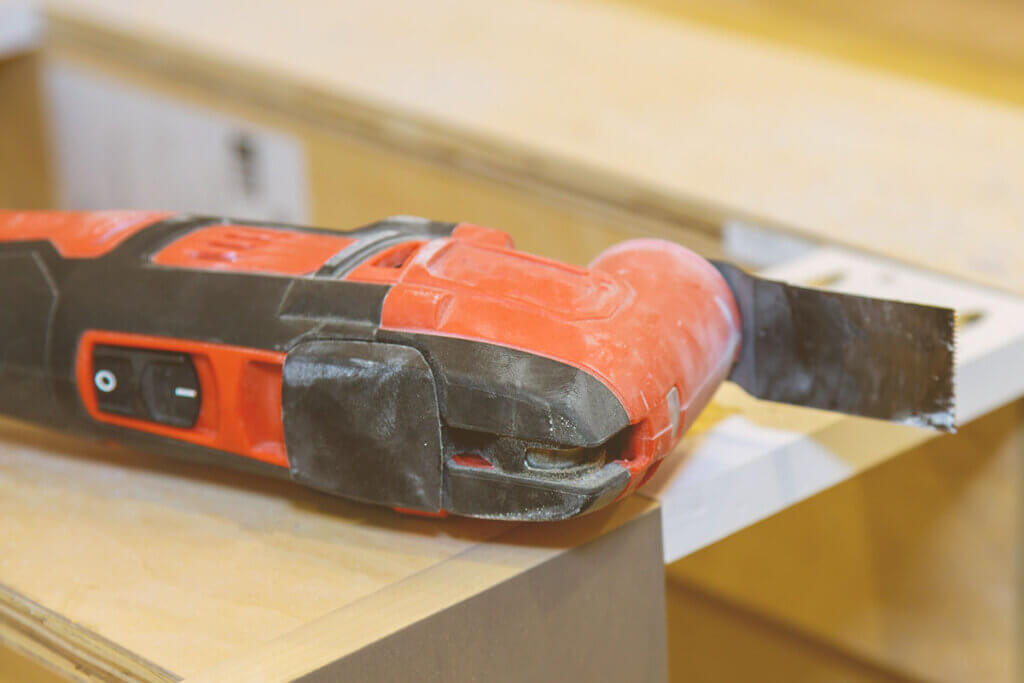
For users, at least protective goggles are useful. Especially when sawing or grinding, the material removal gets into the air. Thanks to the goggles, this does not reach the eyes and does not cause any damage. Hearing protection is also recommended for all those who frequently work with the machine over long periods of time. Simple earplugs are often sufficient. If there is no extraction device to transport the material to the hoover, a mouth guard is also recommended. This prevents fine dust from entering the respiratory tract. Furthermore, work gloves and protective clothing help to reduce the risk of injury.

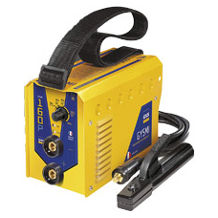
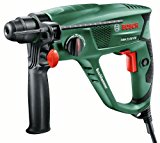
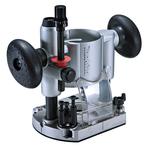

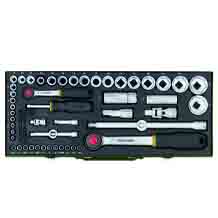
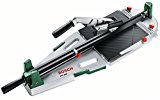
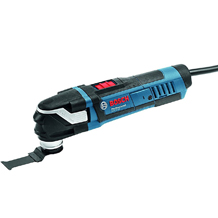
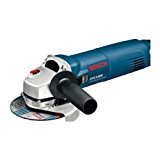
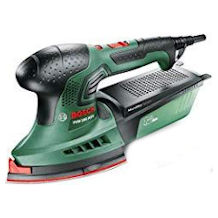
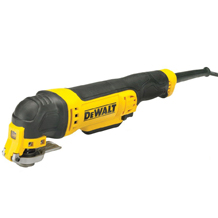
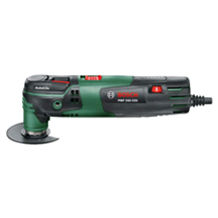
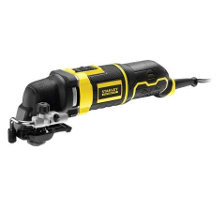
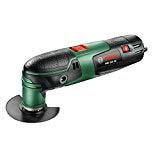
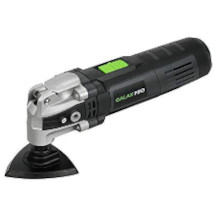
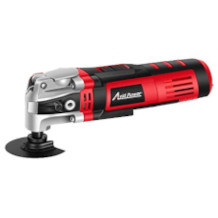
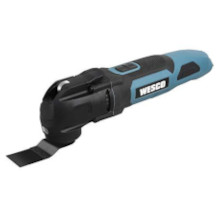
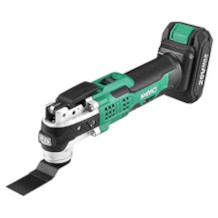
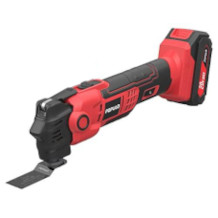

 1,126 reviews
1,126 reviews


